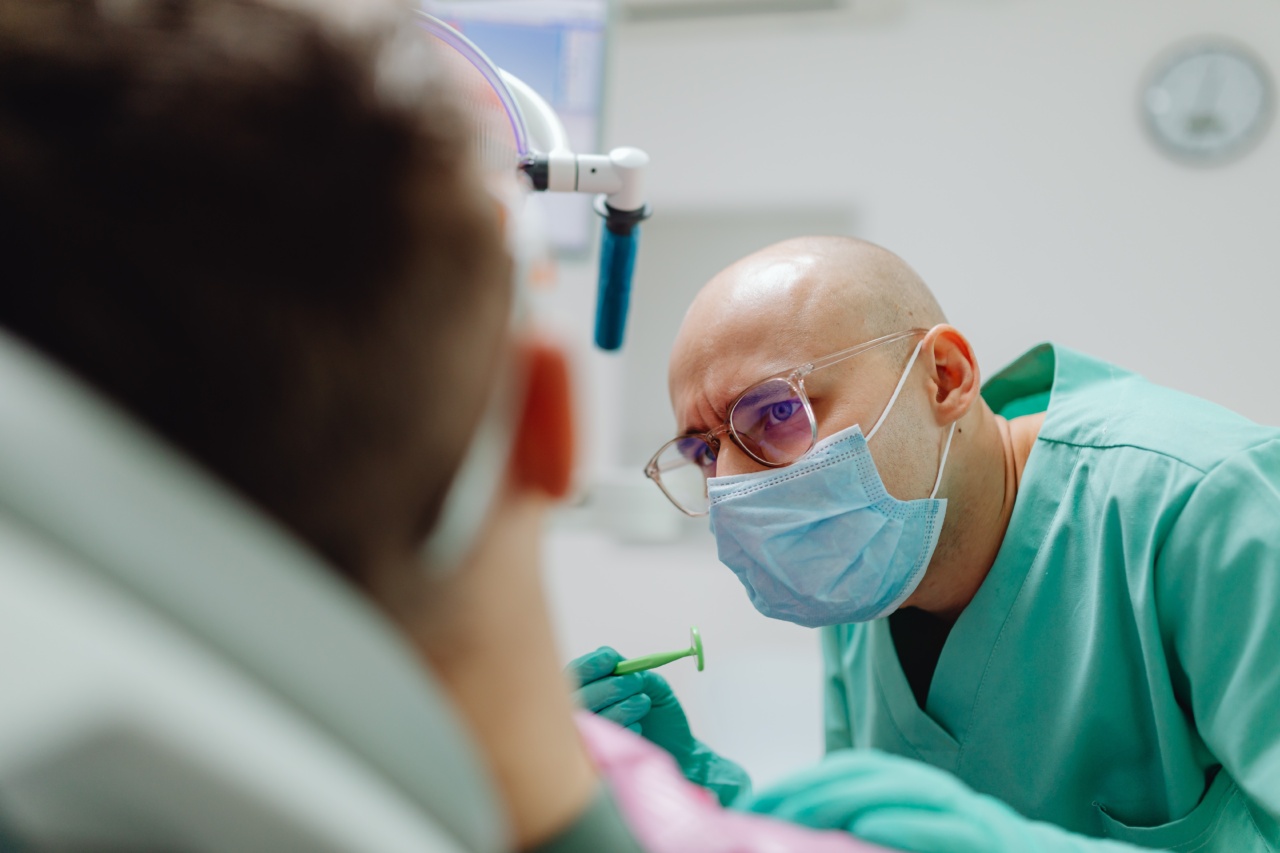Myocardial infarction, commonly known as a heart attack, is a life-threatening condition that occurs when blood flow to the heart muscles is blocked.
It is crucial to accurately diagnose and treat myocardial infarction promptly to prevent further damage to the heart and improve patient outcomes.
Traditional Diagnostic Methods
For many years, traditional diagnostic methods such as electrocardiography (ECG) and cardiac enzyme tests have been used to diagnose myocardial infarction.
While these methods are valuable, they have their limitations, leading to the development of advanced examination tools by Roche.
Troponin Testing
Troponin is a protein released into the bloodstream during a heart attack. Roche’s advanced troponin testing enables rapid and accurate measurement of troponin levels, aiding in the early detection of myocardial infarction.
This allows healthcare professionals to administer appropriate treatment promptly.
Echocardiography
Echocardiography is another essential tool in diagnosing myocardial infarction. Roche offers high-quality echocardiography machines that produce detailed images of the heart’s structure and function.
These images help clinicians assess the extent of damage to the heart muscles and guide treatment decisions.
Coronary Angiography
In cases where intervention is necessary, coronary angiography plays a vital role. Roche’s coronary angiography systems employ advanced imaging technology to visualize blockages or narrowed arteries in the heart.
This information assists cardiologists in determining the most appropriate treatment, such as angioplasty or coronary artery bypass grafting.
Magnetic Resonance Imaging (MRI)
Magnetic Resonance Imaging (MRI) is a non-invasive imaging technique that provides detailed images of the heart’s structure and function. Roche offers state-of-the-art MRI machines with advanced cardiac imaging capabilities.
MRI can help diagnose myocardial infarction by identifying areas of reduced blood flow or damage to the heart muscles.
Cardiac Catheterization
Cardiac catheterization is a procedure that allows direct visualization of the coronary arteries and identifies any blockages that may be causing a heart attack.
Roche’s cardiac catheterization tools provide clear and precise imaging during the procedure, facilitating accurate diagnosis and guiding intervention decisions.
Remote Monitoring
Roche has developed innovative remote monitoring solutions that enable healthcare providers to monitor patients with suspected or diagnosed myocardial infarction remotely.
These solutions allow for real-time transmission of vital signs, ECG data, and other relevant information. This timely and continuous monitoring enhances patient safety and enables timely intervention if necessary.
Point-of-Care Testing
Point-of-care testing allows for rapid and onsite diagnostic testing at the patient’s bedside or in emergency settings.
Roche’s point-of-care devices offer a wide range of tests, including cardiac biomarker testing, enabling quick diagnosis of myocardial infarction. This expedited testing leads to faster treatment decisions and improved patient outcomes.
Innovative Biomarkers
Roche continues to invest in research and development to identify new and innovative biomarkers for diagnosing myocardial infarction.
These biomarkers could provide even earlier and more accurate diagnosis, allowing for timely intervention and improved patient outcomes.
Conclusion
Rapid and accurate diagnosis is crucial in managing myocardial infarction effectively.
Roche’s advanced examination tools, including troponin testing, echocardiography, coronary angiography, MRI, cardiac catheterization, remote monitoring, point-of-care testing, and innovative biomarkers, are invaluable in the diagnosis and treatment of myocardial infarction. These advanced tools empower healthcare professionals to provide timely and appropriate interventions, improving patient outcomes and saving lives.
























